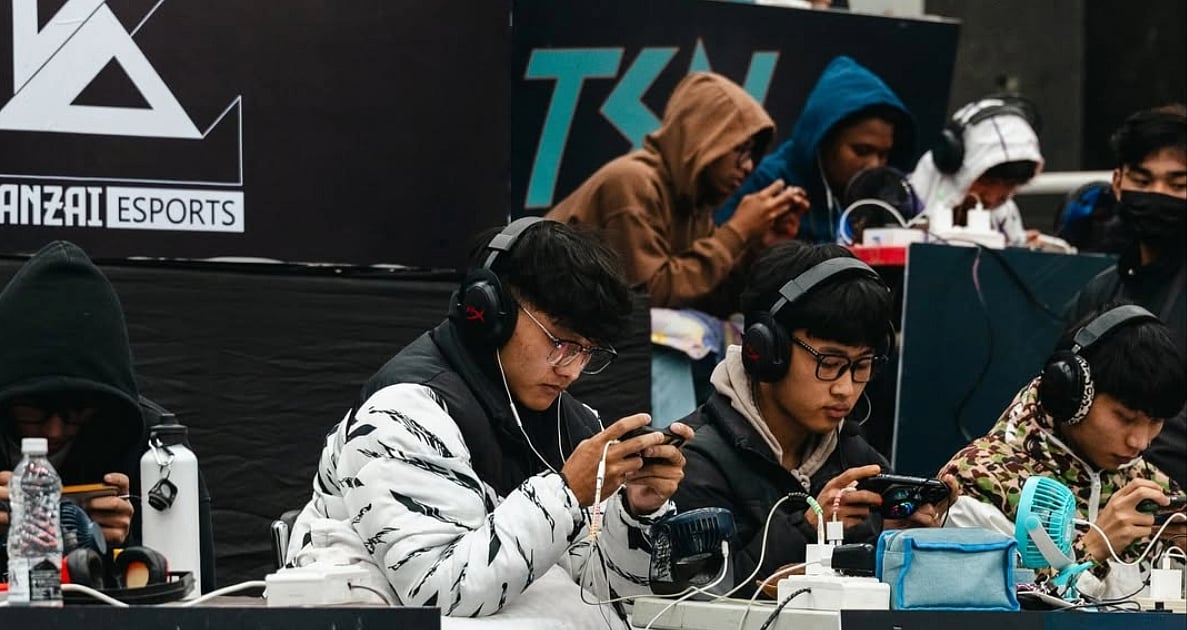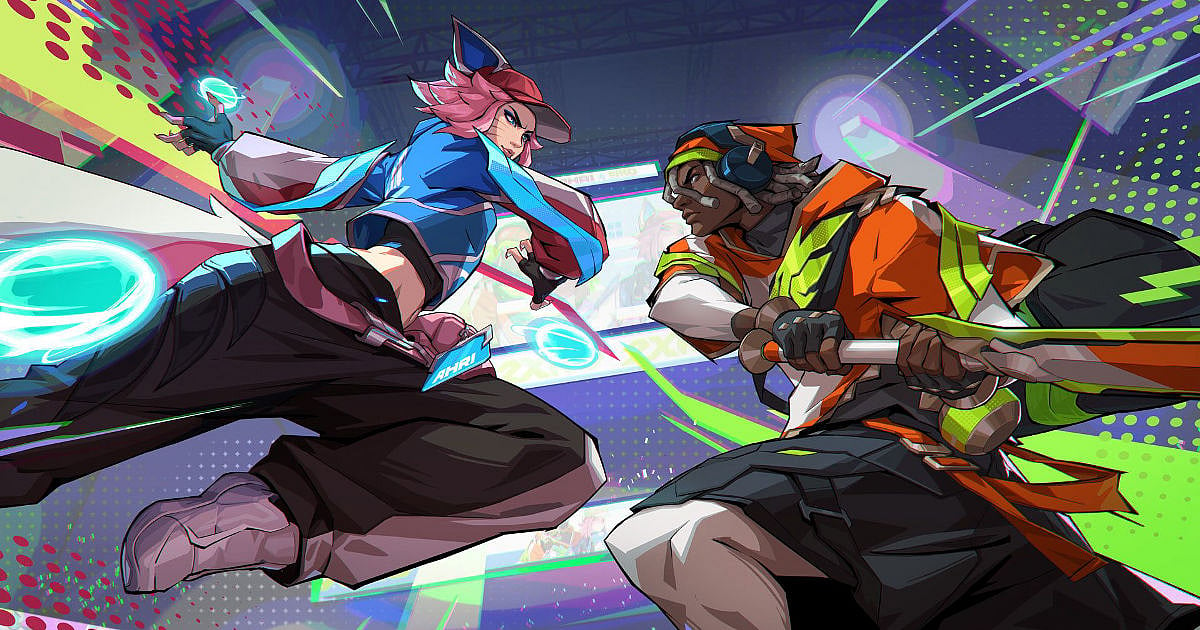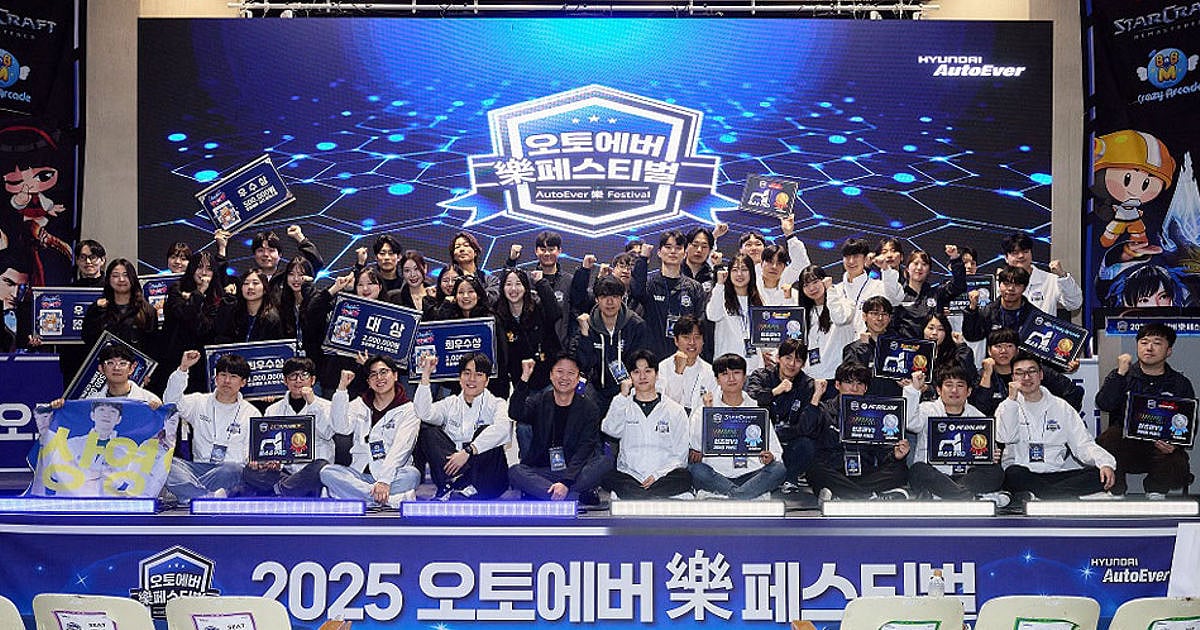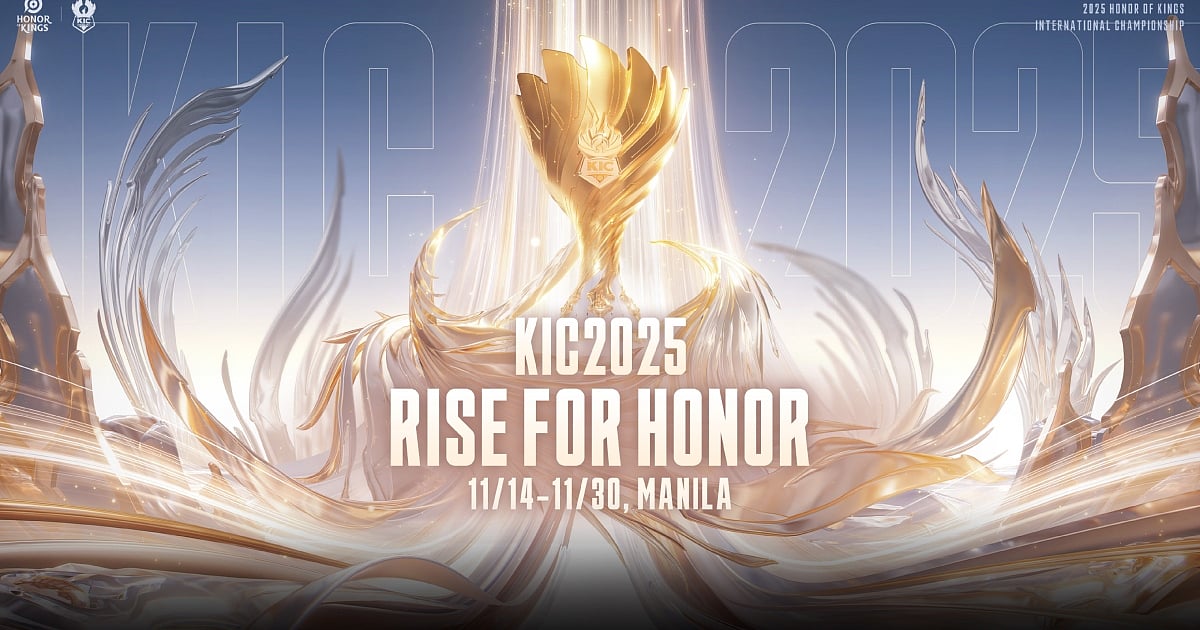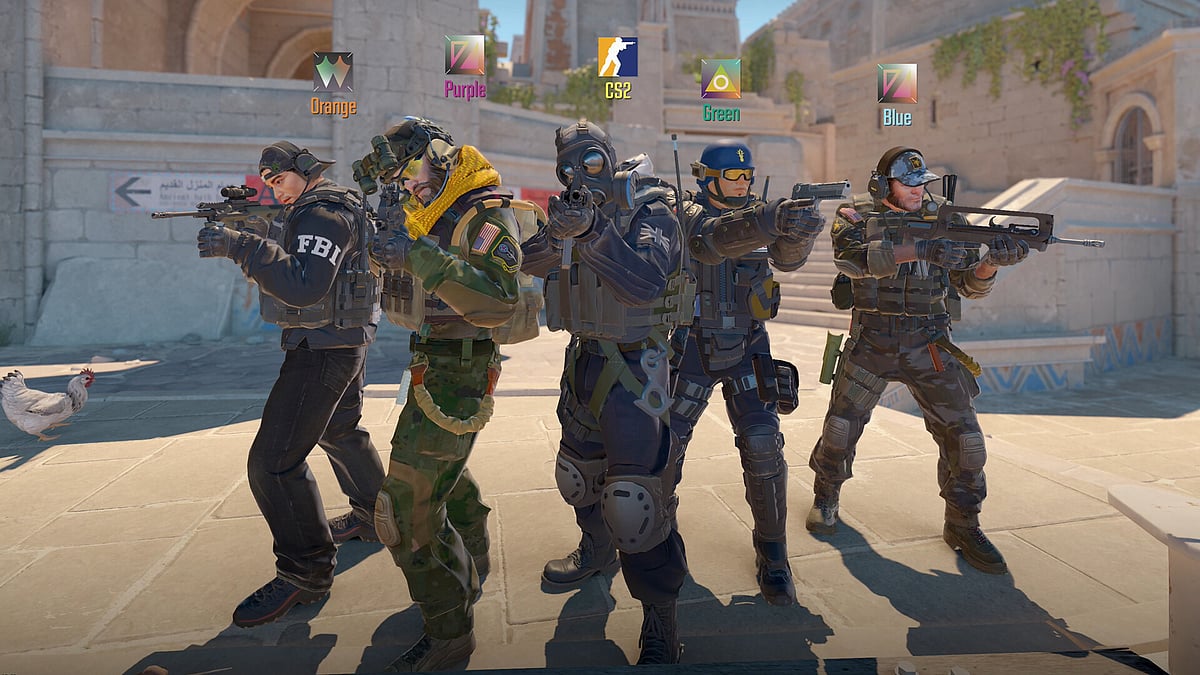
CS2 Skin Market Loses $1.7 Billion in Value After Valve Update
CS2 Skin Market Loses $1.7 Billion in Value After Valve Update
Game developer's changes to trade mechanics trigger sharp selloff in virtual weapons market
Highlights
- Valve’s new “Trade Up Contract” system caused a 29% crash in the CS2 skin market, wiping out about $1.7 billion in value.
- The new patch diluted the rare knives and gloves market, breaking the scarcity model that once sustained high prices.
- Analysts say the crash highlights, developer control makes digital assets volatile for in-game assets.
The virtual-goods economy tied to Counter-Strike 2 suffered a violent selloff after Valve Corp. rolled out changes to the game's trading system on Oct. 23, wiping out roughly $1.7 billion in market value within 24 hours, according to market analysts.
The market capitalization of CS2 skins (digital weapon designs that players buy, sell and trade) plunged to $4.2 billion from a peak of approximately $6 billion, representing a roughly 29% decline. Some rare virtual knives lost as much as 43% of their value, while lower-tier items surged as much as 67%.
At the heart of the turmoil: Valve's overhaul of the game's "Trade Up Contract" system. The update allows players to exchange five high-tier "Covert" skins for a knife or gloves. These are items previously obtainable only through random in-game drops or purchases on secondary markets, where some rare pieces have commanded prices in the thousands of dollars.
The change effectively flooded the market with items whose scarcity had underpinned their value. Some traders who had accumulated portfolios of ultra-rare skins worth hundreds of thousands of dollars saw their holdings crater almost overnight.
A Digital Asset Class Under Pressure
Before the update, knives and gloves could be acquired only through in-game case openings (a randomized process with odds heavily stacked against obtaining rare items) or through direct purchase. On third-party marketplaces, collectors paid premium prices for sought-after designs. The most expensive items, such as specific patterns of the AK-47 Case Hardened "Blue Gem" or rare Souvenir AWP Dragon Lore skins, have sold for six figures, with one recent AK-47 valued over $1 million.
The new mechanics upended that scarcity model. Players can now systematically work toward rare items by trading up lower-tier skins, a pathway that didn't exist before. However, initial reports indicated that knives and gloves crafted through the new system were untradable and could not be sold on the Steam marketplace, though the status of this restriction remains unclear.
The selloff erased seven months of gains. According to PriceEmpire and other market trackers, the CS2 skin market had climbed past $5 billion in May 2025, buoyed by steady demand from collectors and speculators.
Dilution Concerns and Dissent
Not everyone believes the sky is falling. An analysis by CSFloat, a marketplace for CS2 skins, suggests the actual impact on supply may be more limited than feared. Even if every eligible Covert-tier skin were traded up, the total number of knives and gloves would only double, the analysis found.
According to FloatDB, a third-party database, roughly 20 million Covert skins are currently in circulation, excluding knives and gloves. If players also traded up lower-tier items to generate additional Covert skins, that figure could reach 29 million. Converting all of those into knives and gloves would increase supply from 5.5 million to 11 million, still leaving them among the rarest items in the game.
Some industry observers see the update as a populist move aimed at addressing criticism that the skin market had become prohibitively expensive for average players. Streamer fl0m commented that the market manipulation driving prices to the point where people couldn't buy nice skins without investing an insane amount of money was out of hand.
A Cautionary Tale for Virtual Investors
The episode underscores the fragility of digital-asset markets that exist entirely at the discretion of their developers. Unlike traditional collectibles or financial instruments, virtual goods can be fundamentally altered, or rendered worthless, by a single policy change.
The fallout has been particularly acute for Chinese investors, who had turned to CS2 skins as an alternative investment vehicle amid restrictions on traditional financial assets. For those who treated rare skins as investment-grade holdings, the update serves as a stark reminder of the risks inherent in unregulated virtual economies.
The CS2 skin market remains volatile. Whether it stabilizes at its new, lower valuation or faces further declines as players adjust to the new trading mechanics will depend largely on how aggressively the community exploits the trade-up system and whether Valve makes additional changes to the crafting restrictions.

Author
Kamalikaa Biswas is a content writer at Outlook Respawn specializing in pop culture. She holds a Master's in English Literature from University of Delhi and leverages her media industry experience to deliver insightful content on the latest youth culture trends.
Related Articles
